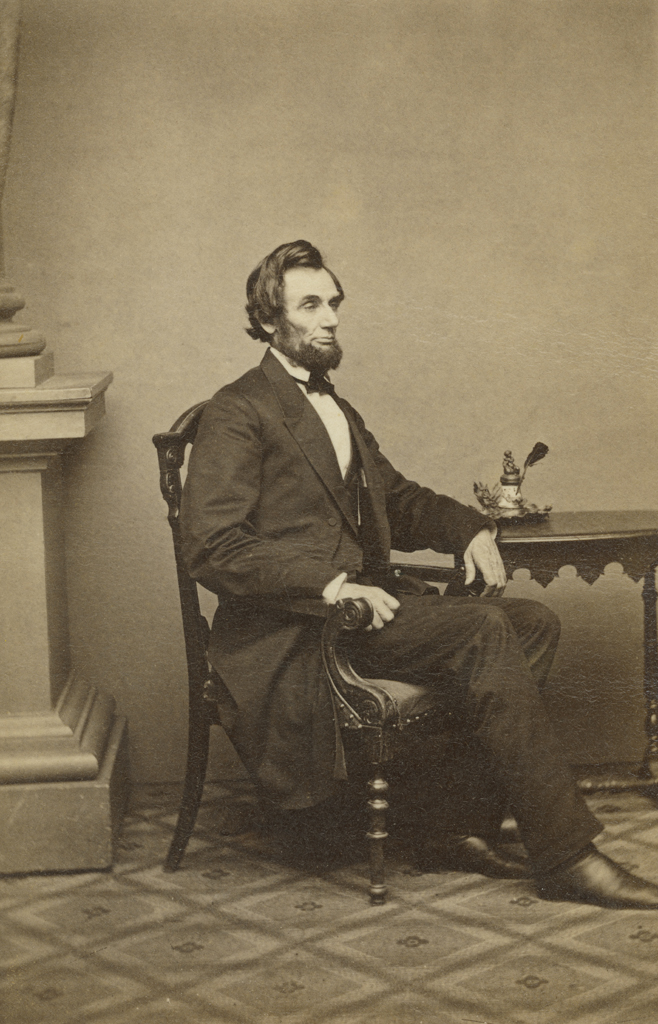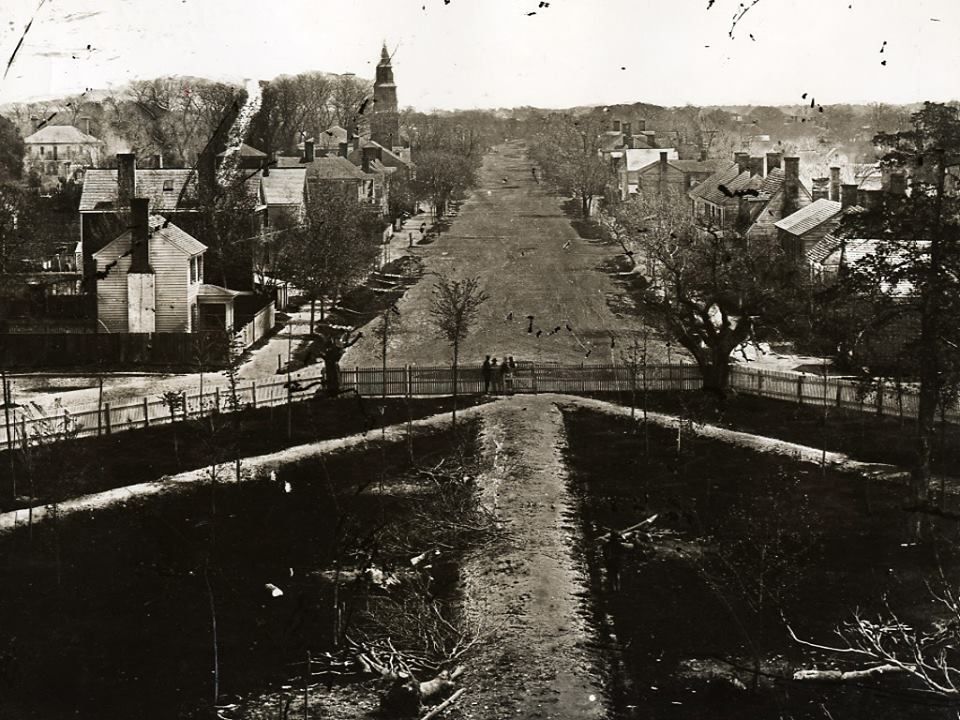Do a Google search for important documents in US history and you get lists that include the Declaration of Independence, Articles of Confederation, Bill of Rights, the Constitution, and of course, the Emancipation Proclamation.
Going to school in the mid to late 80s in the panhandle of Florida, it was constantly being drilled into my head that the Emancipation Proclamation, written in 1863, freed all slaves in the United States of America. Having studied the Emancipation Proclamation document for various positions that I have held over the years, I have come to understand the significance of this important document so much more.
So, what did the Emancipation Proclamation actually say and what did it actually mean? Using a transcript from the National Archives, let’s get a better understanding: (https://www.archives.gov/exhibits/featured-documents/emancipation-proclamation/transcript.html)
The Emancipation Proclamation, written by President Abraham Lincoln, became official on January 1, 1863. A preliminary proclamation was issued on September 22, 1862, after the Union victory at the Battle of Antietam, also known as the Battle of Sharpsburg. By issuing the preliminary version, Lincoln had given the southern states about 100 days to rejoin the Union, or the enslaved population, “their property,” would be declared free.

Although Lincoln personally was opposed to slavery, he considered this to be a necessary military measure that would redefine the war effort and assist with reshaping the country after the war. Unfortunately for the country, the southern states stood their ground! So by decree, “on the first day of January, in the year of our Lord one thousand eight hundred and sixty-three, all persons held as slaves within any State or designated part of a State, the people whereof shall then be in rebellion against the United States, shall be then, thenceforward, and forever free.” Essentially some areas will be left as they were, in spite of the proclamation, while others will be greatly affected by it. The Emancipation Proclamation clearly states……..
“Arkansas, Texas, Louisiana, (except the Parishes of St. Bernard, Plaquemines, Jefferson, St. John, St. Charles, St. James Ascension, Assumption, Terrebonne, Lafourche, St. Mary, St. Martin, and Orleans, including the City of New Orleans), Mississippi, Alabama, Florida, Georgia, South Carolina, North Carolina, and Virginia, (except the forty-eight counties designated as West Virginia, and also the counties of Berkley, Accomac, Northampton, Elizabeth City, York, Princess Ann, and Norfolk, including the cities of Norfolk and Portsmouth), and which excepted parts, are for the present, left precisely as if this proclamation were not issued.”
However, there were exceptions for Louisiana and Virginia. The Emancipation Proclamation was only in effect in any State or designated part of a State that was in rebellion. For Louisiana, the City of New Orleans, and the above-mentioned parishes were under federal jurisdiction and therefore not considered to be in rebellion against the United States.
In Virginia, there is a little more to it! The 48 counties designated as “West Virginia” would eventually join the Union as a free state later in 1863. However, in regards to the county of York, there is even more to the story.
About a half-hour drive down the road from The Mariners’ Museum and Park, you can visit Colonial Williamsburg. Take a walk down the main road, Duke of Gloucester Street, from the Wren Building at The College of William and Mary. Head toward the Capitol Building, located at the other end. Stop about halfway and you will see the colonial courthouse on your left and the powder magazine on your right. Picture an imaginary line that splits the street into two counties. Like in centuries past, the left side of the street (colonial courthouse side) is still York County, while the right side (powder magazine side) is James City County.

When the Emancipation Proclamation went into effect on January 1, 1863, something interesting occurred. If you are an enslaved person in James City County on that date, you are “henceforth and forever free.” However, if you are enslaved in York County, you are still enslaved. James City County is in rebellion against the United States, while York County is not as it falls under federal jurisdiction.
So, if you are an enslaved person in York County, what did or could you do? Well, you could simply cross that imaginary line into James City County and to freedom. Now, of course, there are several narratives where some newly freed African Americans decided to stay where they were for one reason or another.
Two more things that the Emancipation Proclamation stated: (1) People were to refrain from violence except in cases of self-defense; and (2) it allowed “…..persons of suitable condition, will be received into the armed service of the United States to garrison forts, positions, stations, and other places, and to man vessels of all sorts in said service.” This meant that African Americans could now continue their fight for freedom on a grander scale by joining the armed services. We also should remember that African Americans were serving before 1863 and had fought in every major war several wars up to the American Civil War. For example, there were seven African American sailors who were crew members aboard the USS Monitor in 1862. Sadly, unlike our military today, this only applied to African American men.
The Emancipation Proclamation resulted in more than 200,000 African American men joining the armed services in various capacities. Only Union victory will completely secure the permanent freedom that African Americans sought.
The Emancipation Proclamation did not free all enslaved African Americans but it was a start in that direction. It would be another two years before the war ended and with it, the ratification of the 13th Amendment, which abolished the institution of slavery in the United States forever.